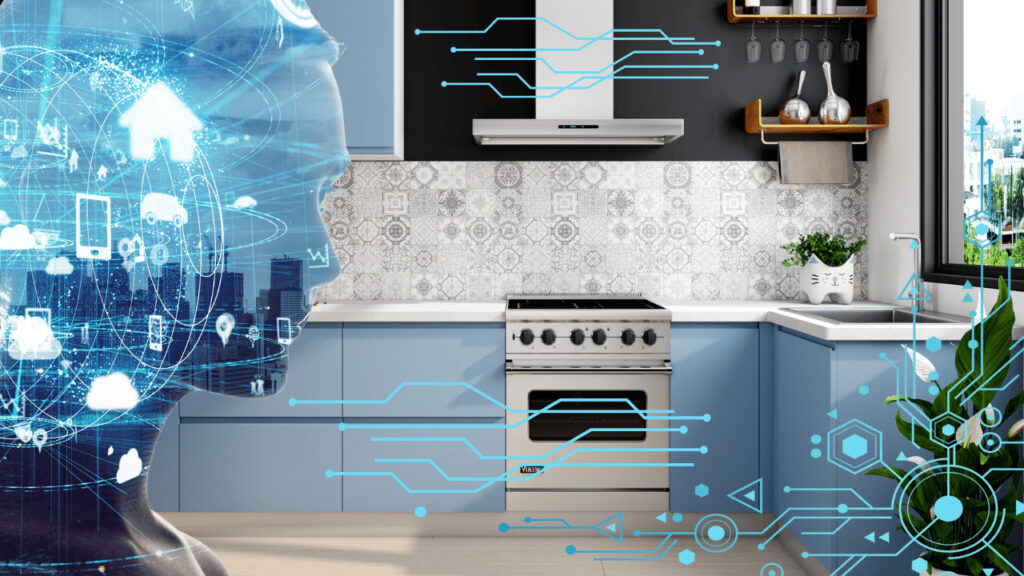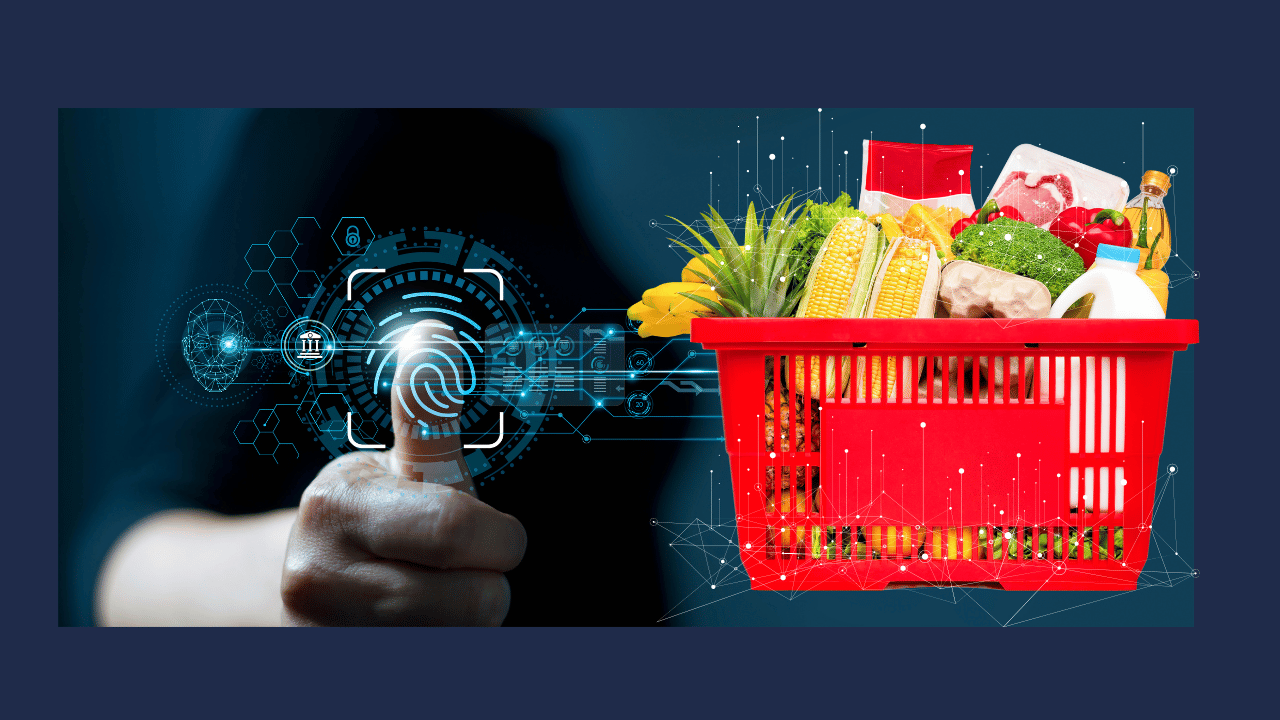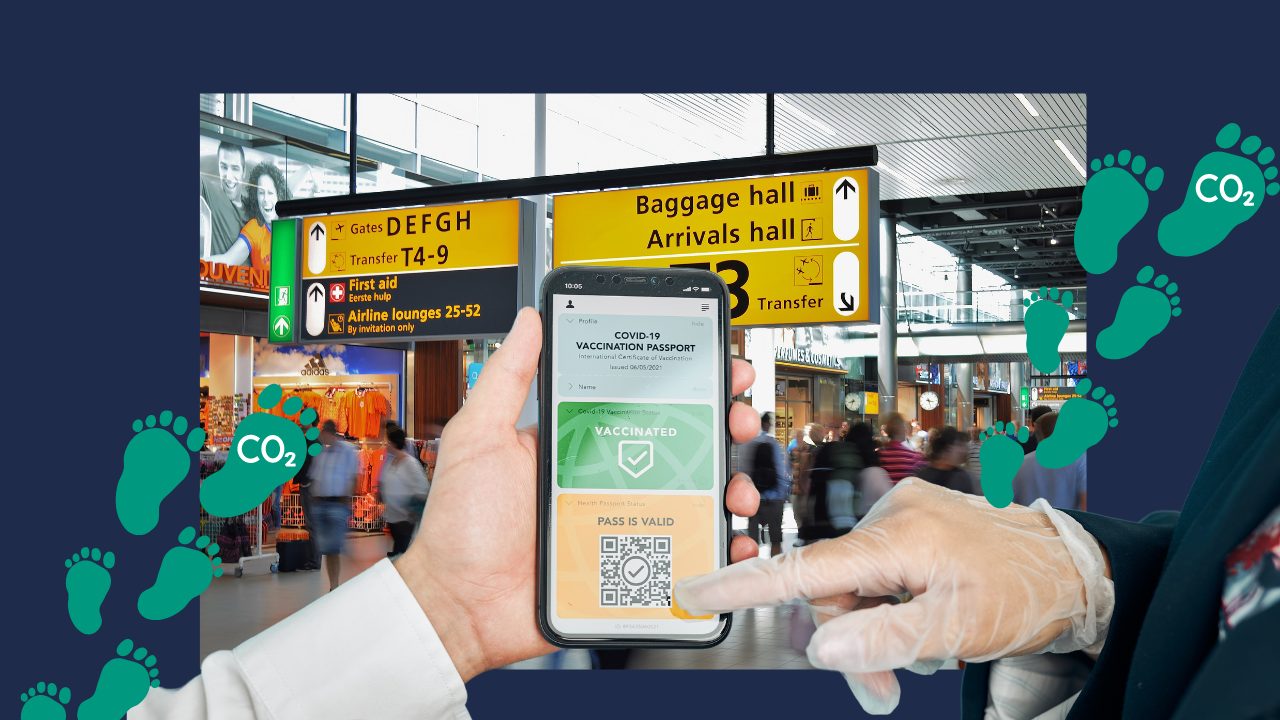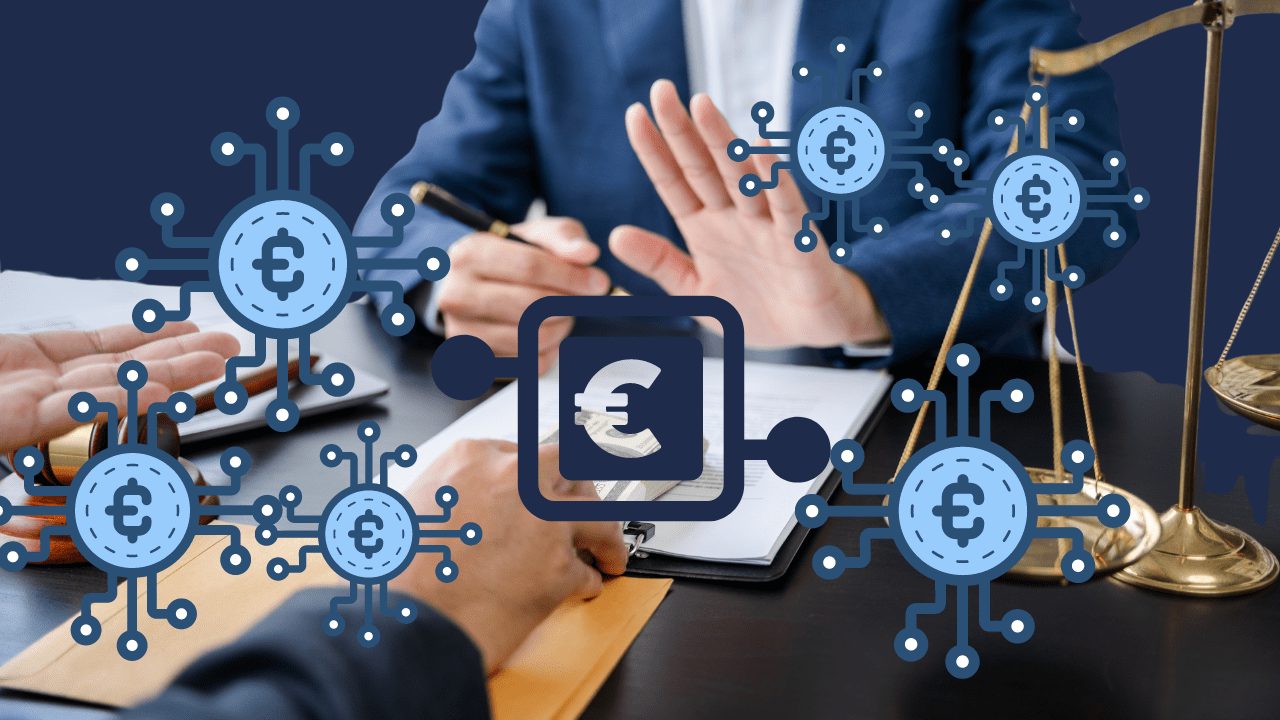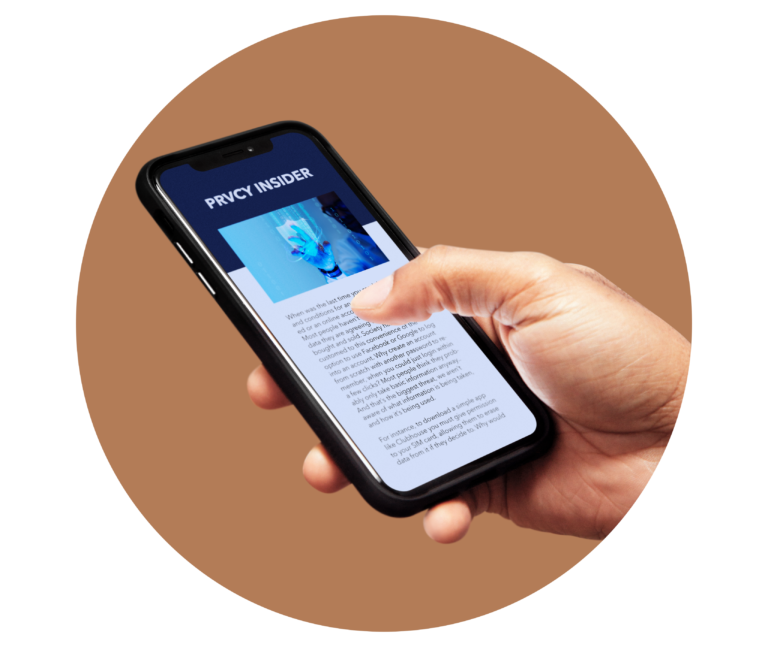Connected devices are the eyes and ears in our homes, in our cars and on our bodies
In our increasingly connected world, the Internet of Things (IoT) has become a transformative technology that enables everyday objects to collect and share data.
Using sensors, cameras, microphones and other technologies, they are constantly collecting data and sending it to company servers for analysis and storage. Governments and technology companies have already made demands for this information generated by the so-called ‘Internet of Things‘, which has significant privacy implications for us all.
Understanding the Internet of Things
The Internet of Things refers to the network of physical objects embedded with sensors, software, and connectivity, enabling them to gather and exchange data. These objects, commonly known as “smart devices,” can range from simple household appliances to complex industrial machinery. By connecting these devices to the internet, IoT enables seamless communication and automation, leading to increased efficiency, convenience, and productivity.
The enhanced functionality made possible by the Internet of Things (IoT) and associated technologies is responsible for many of the major changes seen across society today.Before diving into the privacy risks, it’s essential to acknowledge the numerous advantages offered by the Internet of Things.
Some key benefits include:
Automation and Efficiency: IoT devices automate routine tasks, enhancing efficiency in various domains such as manufacturing, transportation, and agriculture.
Enhanced Healthcare: IoT enables remote patient monitoring, wearable health trackers, and smart medical devices, improving patient care and enabling proactive interventions.
Smart Homes and Cities: IoT-powered smart homes and cities provide convenience, energy efficiency, and improved resource management through interconnected devices.
PRVCY-Implications
While IoT offers immense potential, it also poses significant digital privacy risks that must be addressed. Video surveillance is one area that experiences substantial evolution driven by IoT and other smart technologies.
The intelligent monitors and sensors of the IoT combined with emerging high-speed network solutions promise to improve the performance and capabilities of video surveillance systems.
Presented below are two technologies that will drive the enhanced functionality of video surveillance equipment:
Artificial intelligence (AI) and Machine Learning (ML)
Are bringing the power of analytics to unmanned video surveillance. Reliably trained AI systems enable extensive networks of surveillance equipment to be deployed without the need for human monitoring
Wireless communication technologies such as 5G and narrow band IoT (NB-IoT)
Improve the speed with which video feeds are made available to human and AI applications. The reduced latency improves the performance of video systems and elevates the user experience. NB-IoT’s signal penetration capabilities allow video cameras to be placed in previously inaccessible areas.
The implications include:
1. Data Breaches: With numerous devices collecting and transmitting data, the risk of data breaches and unauthorized access increases. Personal information, such as health data or home routines, can be compromised, leading to identity theft or misuse of sensitive information.
2. Lack of Standardized Security Measures: IoT devices often lack standardized security protocols, making them vulnerable to cyberattacks. Weak passwords, unpatched software vulnerabilities, and insufficient encryption can expose sensitive data to malicious actors.
3. Inadequate Consent and Transparency: Users may not be fully aware of the data collected by IoT devices or how it is used. Lack of transparency in data collection and sharing practices can erode user trust and infringe upon their privacy rights.
4. Profiling and Targeted Advertising: IoT devices can capture significant amounts of user data, including behavior patterns, preferences, and location information. This data can be exploited for targeted advertising, potentially leading to intrusive and manipulative marketing practices.
5. Surveillance and Tracking: IoT devices with cameras, microphones, or geolocation capabilities raise concerns about surveillance and unauthorized tracking. Unauthorized access to these devices can compromise personal privacy and even physical safety.
The proliferation of connected devices provides expansive opportunities for the government to assemble detailed portraits of people’s lives. Many companies offer entire suites of connected devices: Google sells everything from connected cameras to thermostats and activity trackers to digital assistants, and even offers private security monitoring through its partnership with Brinks. Police can further augment data from connected devices with data collected by their own substantial arsenals of surveillance tools.
Cameras inside a home can capture people’s images and movements, digital assistants can capture private conversations, and connected thermostats can track when people enter and leave various rooms. Other devices, such as activity trackers and in-car navigation systems, create detailed records of people’s movements over long periods of time. These records can reveal not only the location of a person’s home or workplace, but also their associations and their participation in constitutionally protected activities such as prayer and protest.
This type of comprehensive tracking would have been unimaginable before the digital age and eliminates practical limits on surveillance, such as the expense of allocating personnel to engage in 24/7 monitoring.
Now, big tech companies created gadgets that used spy technology, just to mention some of them,
Google Nest’s Hello Doorbell uses facial recognition with tags that storage faces that frequently pass the camera. Amazon Alexa’s microphones record private conversations inside homes and cars and the famous wearables like Fitbit track a person’s movements and vital signs and real time location.
The deep well of data these devices create allows law enforcement to analyze a person’s proximity to a crime, assess relationships between victims and suspects, and even review recordings of incriminating statements. With the decreasing cost of data storage, information collected by the internet of things can often be retained indefinitely, a practice encouraged by a business model that relies on user data to improve and develop new products.
For example, a California man was charged with the murder of his step-daughter after her Fitbit revealed that the woman’s heart rate significantly spiked, then quickly dropped before stopping, all around the time that a neighbor’s Ring surveillance camera showed the man’s car parked at her house.
Compromising video security firms, enabling criminals to view numerous camera feeds in search of appropriate targets. Hiding cameras in hotel rooms or private residences that are used to steal credentials or create video clips of unsuspecting individuals to be sold on the internet.
Even devices that monitor public spaces can raise privacy concerns. For example, companies that sell doorbell and outdoor cameras offer users the ability to create “activity zones” to monitor pre-set areas for “familiar faces” or for certain movements. These cameras often monitor outdoor spaces such as driveways or sidewalks. Whenever these cameras detect a person or movement, they capture audio and video footage and send an alert to the device owner. Recordings of the detected activity (sometimes referred to as “events”) can be downloaded and shared with police and to social media at the push of a button.
Despite the proliferation of connected devices and law enforcement’s appetite for the data, many companies still do not publish public transparency reports. While companies like Amazon and Google publish reports revealing disclosures of user data across their entire suite of products, the reports do not break down the number of law enforcement requests by product or specify the type of data provided. This makes it difficult to understand how often police are requesting data from, for instance, a connected doorbell rather than an email account. Companies like eufy, Pioneer, SimpliSafe, BMW, Subaru, and OnStar do not publish transparency reports at all.
What is behind Artificial Intelligence?
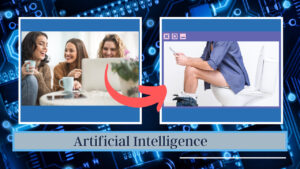
Thousands of employees have access to your camera and audio:
All the data that tech companies collect is sent to these AI data tagging companies that make a profit by tagging your pictures, transcribing your audio, and pinning your location, online purchases, and browsing history.
Mitigating Privacy Risks in IoT:
There are so many aspects of our lives are mediated through third party service providers, there is an increasing need to reassess the adequacy of constitutional and statutory protections.
#PRVCYTips
If you own some of this devices find tutorials on internet or ask a technician to change the default configuration of the device to prevent the exploit and exert control over connected video cameras by using default configuration parameters that many customers fail to change.
The Internet of Things holds immense potential to transform our lives, but it also brings with it significant digital privacy risks. By understanding these risks and implementing appropriate safeguards, we can strike a balance between reaping the benefits of IoT and safeguarding our personal privacy. As IoT continues to evolve, it is crucial for individuals, organizations, and policymakers to work together to address these challenges and build a secure and privacy-respecting IoT ecosystem.
In a world where people are subjected to ongoing surveillance by public and private actors, there is an urgent need to update regulatory frameworks and rethink privacy protections to account for the inescapable role of technology companies in everyday life.
